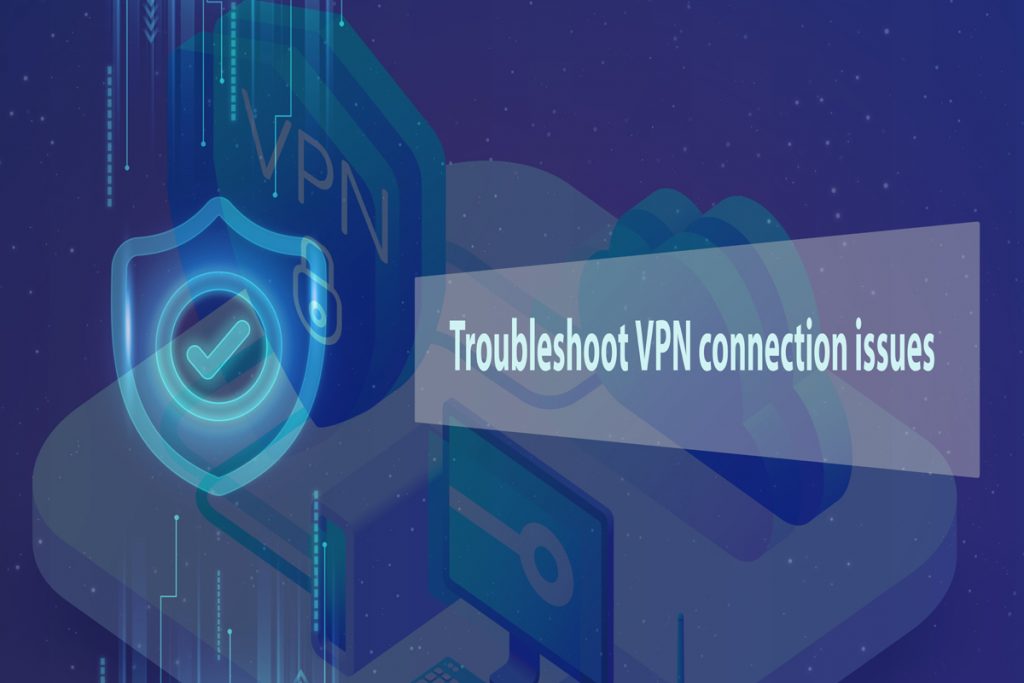No products in the cart.

When VPN’s are great in connecting private networks across the Internet. You can access any geo-restricted websites at ease with VPN connection with privacy and security.
Though it’s a favorable and common method of linking private networks together across the Internet you might come across a few troubles, so let’s see how to troubleshoot VPN connection problems you might be facing.
The VPN connection is rejected
Connection rejection is the most common problem for VPN users. To solve the client connection rejection, first you need to check whether the router and remote access are working correctly. You can check this by opening the Server’s Control Panel >> Administrative Tools >> Services icon.
Check if everything works properly, then try pinging the server by IP address from the client. Now you need to ensure that TCP/IP connectivity is active. If pinging is successful, then ping the server by using a fully qualified domain name (FQDN). If pinging fails, then it’s related to the DNS problem.
Acceptance of unauthorized connection
Though this problem is rare, it’s serious due to privacy and security concerns. When you accept an unauthorized connection to your VPN, you might face critical damage or theft of your confidential info so to fix this:
You need to ensure that the specification does not allow permission through remote access.
The Dial-In tab in the Active Directory Users contains an option to control access through the remote access policy. If the remote access is allowed, then the user will be able to connect to the VPN.
Restriction to reach locations beyond the VPN server.
One of the other VPN issues is that a connection is successfully established, but the remote user is restricted to access the network beyond the VPN connection server. This problem occurs when the user is not permitted to access the entire network. To fix this follow the below steps:
a. Go to Routing and Remote Access Console-> right-click on the VPN server that’s causing problems.
b. Select the properties sheet of the VPN Server and open the property sheet’s IP.
c. Check if the option ‘Enable IP Routing’ is enabled, all VPN and RAS users can access the network.
d. If it is disabled, the users can access only the VPN server and nothing beyond that.
Difficulty establishing a tunnel
When you face any difficulty in establishing a tunnel between the client and the server. Then the two main possible causes are:
The 1st possibility could be that one or more routers might be involved in executing IP packet filtering. The IP packet filtering could hinder IP tunnel traffic. Check whether the client, server, and any device in-between for IP packet filter.
The 2nd possibility might be due to the proxy server present between the client and the VPN server. The packet will travel from the proxy server instead of the client, as it performs NAT translation. In a few cases, the interaction will also disturb the establishment of a tunnel when the VPN server expects a client to have a specific IP address.
Note: Older or low-end proxy servers will not support the L2TP, IPSec, or PPTP protocols, which are generally used for VPN connections
Hope you fixed your VPN connection issues. If the issue persists we can fix it for you. Check with our VPN Server Experts at the earliest.
Check – Troubleshooting ESXi hosts
Follow us on Facebook, Twitter & LinkedIn
Subscribe to get free blog content to your Inbox
Previous Post
Tips to fix Cloudflare error 522


